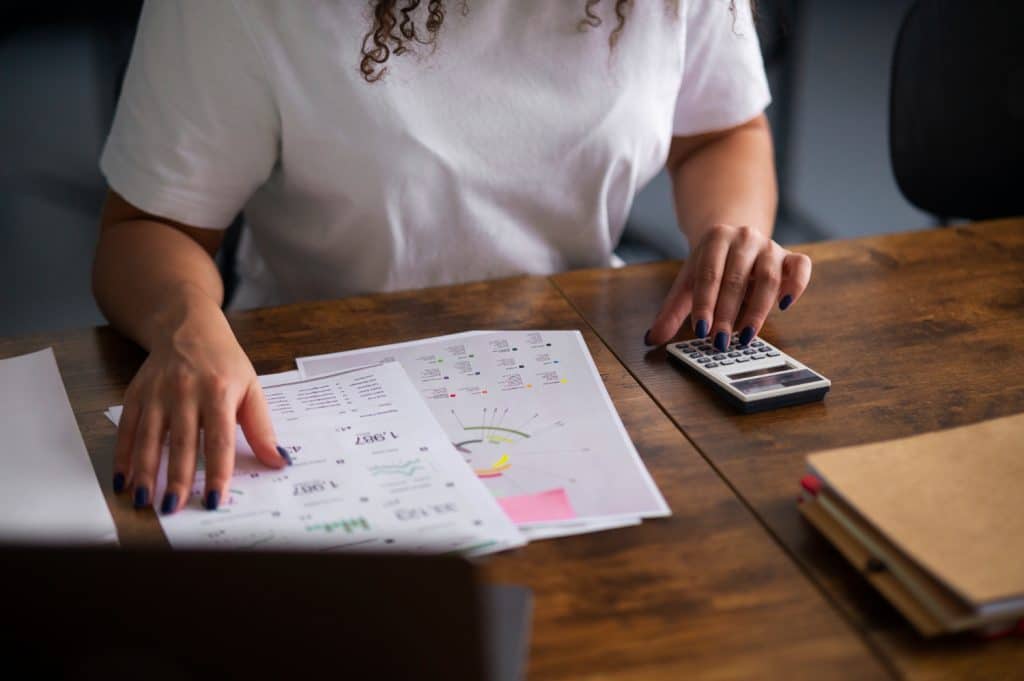Budgeting Methods That Can Improve Your Financial Life: Check Out the Best Options

Anúncios
Managing personal finances in an effective, strategic, planned, and fluid manner is essential to achieve financial stability and independence.
Often, the main question is: how to organize money effectively? For that, there are different budgeting methods that can be used.
These systems are not magic formulas, but they provide a structure and help control income and expenses in a practical way, adaptable to your needs.
Do you live in the United States and are looking for financial planning alternatives? This text covers the main budgeting methods available and their ideal recommendations. Check it out!
What Budgeting Methods Can I Use?
There are several methods to manage your money, each with its own advantages and specific features.
Let’s explore some of the best-known ones and how they can be adapted to your financial reality.
1. Zero-Based Budget
The zero-based budget is one of the most detailed and popular budgeting methods, perfect for those who want to have total control over every dollar coming in and out of their account.
With this method, every cent you earn is allocated to a specific category, from essential expenses to investments and leisure.
Thus, the idea is that at the end of the month, the income minus expenses equation should reach zero.
How Does It Work?
- At the beginning of the month, you plan the destination of every penny of your income.
- Categories include housing, transportation, food, debts, savings, and even minor expenses.
- Throughout the month, you adjust the values, ensuring that every expense is aligned with the budget that was planned.
The zero-based budget is suitable for people who intend to have meticulous control over their finances and are willing to make frequent adjustments throughout the month.
Therefore, it is especially useful for those getting out of debt or saving to achieve a specific goal, such as a trip or early retirement.
2. Pay Yourself First Budget
The “pay yourself first” method is simple but very effective, especially for people who want to prioritize savings and investments.
The premise is that you should prioritize your long-term financial goals before dealing with daily expenses.
In other words, upon receiving your salary or any other source of monthly income, the first thing you do is transfer a percentage to savings or investments.
How Does It Work?
- Set what percentage of your income will be automatically allocated to savings or other investments.
- The remaining money will be used to cover your monthly expenses and personal spending.
This method is ideal for those who struggle to save consistently.
By prioritizing savings, you ensure that your long-term financial goals are met and avoid the risk of spending all your money before worrying about your financial security.
3. 50/30/20 Budgeting Method
The 50/30/20 is one of the most accessible and highly recommended budgeting methods, especially for those who are just starting to organize their finances.
With this method, monthly income is divided into three main categories: 50% for needs, 30% for wants, and 20% for savings or debt payments.
How Does It Work?
- 50% for real needs, such as housing, health, transportation, food, utility bills like electricity, water, and gas.
- 30% for wants, such as spending on leisure, entertainment, clothes, shoes, personal items, restaurants, trips, and non-essential purchases.
- 20% for savings or debt payments: prioritize building an emergency fund, saving for retirement, or paying off high-cost debt.
This budgeting method is ideal for those seeking a balance between living in the present and planning for the future.
Thus, it is very simple to implement and allows flexibility. It offers a clear structure to allocate your income without needing to detail each category too much, like in the zero-based budget.
4. Envelope Budgeting System
The envelope system is a classic method that has its roots before the digital era but is still used and very effective today.
The idea is to distribute the money into physical envelopes, where each envelope represents an expense category.
When the money in an envelope runs out, you cannot spend more in that category until the next budgeting cycle.
How Does It Work?
- At the beginning of the month, you set categories for your expenses, such as food, transportation, leisure, and other bills.
- Put the stipulated amount in cash inside an envelope for each category.
- Throughout the month, pay the expenses of each category directly from the respective envelope.
This method has become less popular today due to the increased use of credit cards and online payments.
However, it is still valuable for those who struggle to control credit use or prefer to work with physical cash.
For those looking for a digital alternative to this method, there are apps that simulate the envelope system virtually, allowing for better spending control.
5. No Budget Method
It sounds strange, but the no-budget method is, in fact, a technique that can work for certain people.
Unlike traditional budgeting methods, this approach focuses on limiting automatic expenses and leaving the rest free for spending as it arises throughout the month.
How Does It Work?
- Set a fixed amount to be saved and invested every month, like in the pay-yourself-first method.
- For the remaining money, spend as needed, without categorizing or detailing each purchase.
- Use a debit or credit card to track your spending and ensure they are within your financial capacity.
This method is recommended for those who already have good financial control and discipline regarding their spending.
Therefore, it is not the best option for those just starting to organize their finances, but it can be a solution for people who already save and do not want to worry about excessive details.
How to Choose the Right Budgeting Method?
With so many budgeting methods available, it can be difficult to know where to start, right?
Choosing the best method depends on several factors, such as your financial habits, savings goals, and how detailed you want to be with your spending. Follow these steps to plan:
- Evaluate Your Financial Habits: If you tend to overspend on impulsive purchases, the envelope system or the zero-based budget are good choices. But if you already have financial discipline, the no-budget method might be enough.
- Set Your Goals: If your priority is saving for retirement or paying off large debts, the pay-yourself-first method may be the most suitable. Is your goal to balance saving and spending? Then the 50/30/20 method is a good solution.
- Flexibility and Practicality: If you prefer a flexible system and don’t want to deal with many details, the more simplified methods like 50/30/20 or pay-yourself-first can work better in your routine.
- Adapt as Necessary: You don’t need to follow a single method strictly. It’s possible to combine techniques or adjust percentages according to circumstances, like using the 50/30/20 system but prioritizing savings. How about that?
Start getting organized!
Organizing your personal finances may seem challenging at first, but budgeting methods offer various solutions to help control and optimize your money usage.
Whether it’s the detailed zero-based budget, the simple pay-yourself-first method, or the flexible 50/30/20 system, all have their advantages and can be adjusted according to your goals and lifestyle.
The important thing is to choose an approach that works for you and allows you to achieve your long-term financial goals.
With practice and consistency, any budgeting method can transform your financial life and provide more security and freedom.
Keep visiting our site to stay up-to-date with all the latest in the financial world! Also, read this post about the pros and cons of taking a personal loan.





